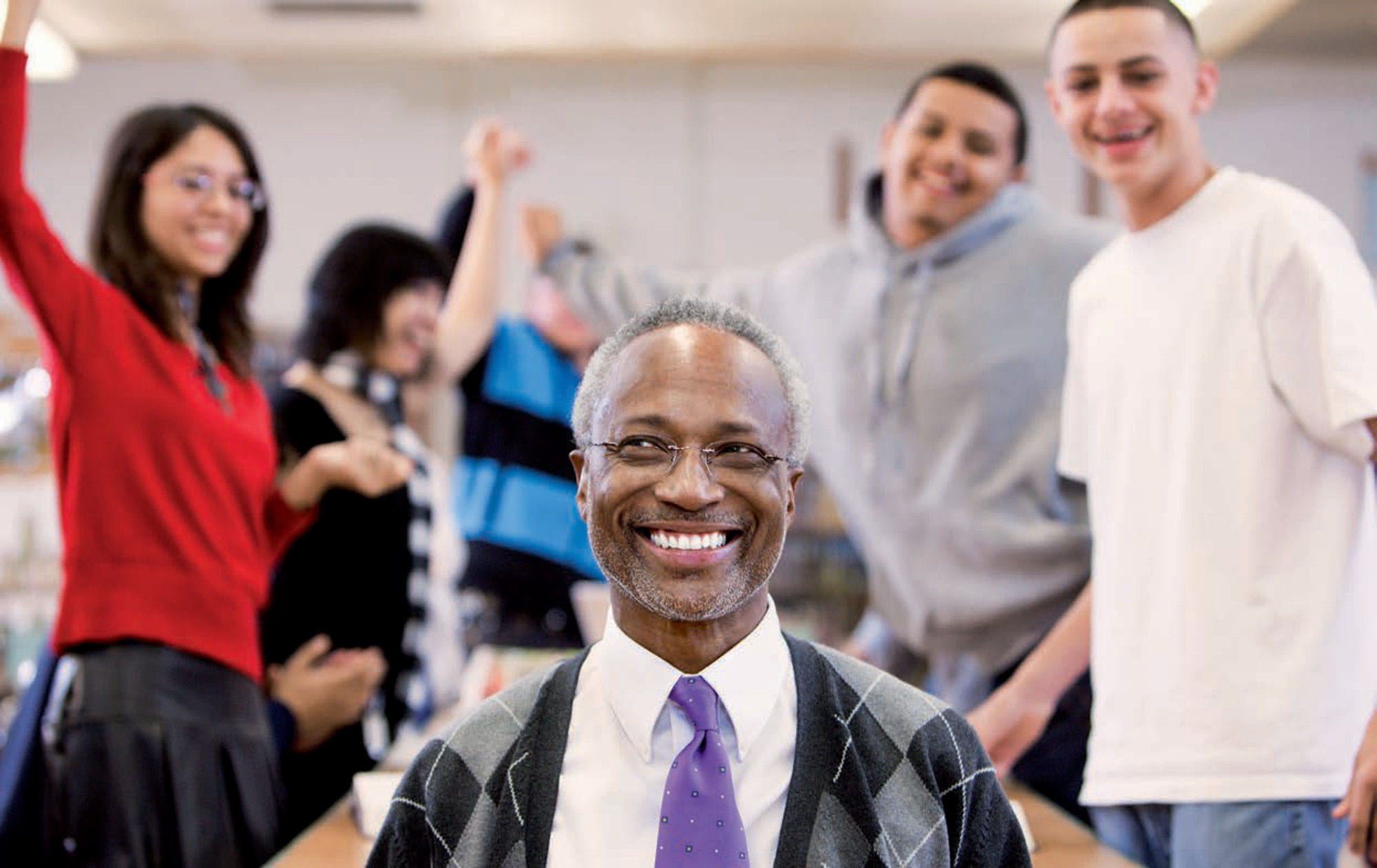The work of teachers matters in many different ways. Not only do they provide students with the knowledge and skills needed to thrive in the labour market, but they also help develop the social-emotional skills that are vital for students’ personal development and for their active citizenship. But how do teachers best achieve this? By linking 2018 data from the Teaching and Learning International Survey (TALIS) with evidence from the Programme for International Student Assessment (PISA) – known as the TALIS-PISA link – this report aims to identify the teacher and school factors that matter most for student achievement and social-emotional development. The report uses a data-driven approach – based on machine learning and standard regression analyses – to identify the dimensions that are most strongly linked with student outcomes, and then combines this with a careful review of theory and previous research to analyse and interpret the findings. These findings provide a rich illustration of the many ways in which teachers and school leaders might influence the success of their students, acting as a tool for educators to reflect upon their own practice. Finally, the report offers several directions for education policy.
Positive, High-achieving Students?

Abstract
Executive Summary
There are many things we know about teachers. We know how much they are paid on average, we know roughly how much professional training they do each year, we know how many hours they spend teaching in class. But how much do we know about what teachers do in these classrooms that helps students do well academically, socially and emotionally?
Questions are being asked. Since the Programme for International Student Assessment (PISA) of 15‑year‑olds was carried out in 2015, expenditure on schooling has climbed steadily. And yet, three years later, PISA shows that students’ performance scores in reading, mathematics and science in the Western world have flat‑lined.
This discouraging scenario becomes all the more so as we grapple with the effects of the COVID‑19 pandemic. As public revenues decline, education spending is in danger of flat‑lining as well, or, even dipping. Should budgetary choices have to be made, it is necessary to know what helps students learn and what does not.
This report sets out some insights on what works best. They have been gleaned from the 2018 PISA, together with the 2018 Teaching and Learning International Survey (TALIS) of teachers and school leaders on school environments. AI‑powered supervised statistical learning was used to finely comb through these combined datasets in search of clues – significant links between certain teacher characteristics and conditions in schools and classrooms, and students’ PISA performance and responses about how they perceive everything from their teachers, parents, and schoolmates to their academic capabilities and future plans. These findings, fleshed out with existing research literature, confirm something we have suspected all along: teachers and schools make an important difference to how a student performs and feels. More specifically, it is the time teachers spend actually teaching in class, not disciplining or taking care of administrative work, and the hours they spend marking and correcting work, and going over this feedback with their students that links to how well students do academically, and how motivated and optimistic they are about their learning and prospects.
But the question is not merely what teachers and schools can do to help students flourish, but what they can do to help the greatest number of students flourish. To varying degrees, our education systems struggle with inequalities that influence the academic outcome and, ultimately, the life trajectory, of each student. Some of those inequalities are rooted in gender difference. This report reveals that 15‑year‑old boys perform markedly worse on PISA than girls when there are disciplinary problems in the classroom. But it also shows that boys respond well to regular testing and parental involvement in school life. They also do better than girls academically when their teachers undergo regular performance reviews.
Socio‑economic inequality drives another wedge between students, one that the COVID‑19 pandemic widens. Stop‑and‑start schooling has upended most students’ lives in 2020 and perhaps beyond. Temporary school closures have made learning especially challenging for vulnerable students who have poor access to the Internet, computers, or a quiet place in which to do their schoolwork. Some students may quit school altogether.
All this makes it crucial that schools and education systems get it right. This report finds that classroom teaching, and teacher feedback and assessments go a long way to helping all students, regardless of who they are or what their background is. So do classrooms that mix socio‑economically advantaged and disadvantaged students because the presence of the former elevates the achievement, sense of capability and aspirations of the latter. And there is one last thing: students do better when their parents and guardians, and local communities involve themselves in school activities.
Arranging teachers’ workload and schedules so they can devote more time to actual teaching, and putting students of mixed socio‑economic backgrounds together are, quite frankly, meat‑and‑potatoes education policies. They lack the sizzle of “anytime, anywhere” collaborative online learning and other tech tools we believed would kick school systems into 21st‑century gear. But the good news for what certainly will be budget‑strapped governments is that these and other recommendations in this report are not especially hard or expensive to implement.
The recommendations are also remarkably prescient. Though these TALIS and PISA surveys were carried out long before COVID‑19 hit, their data tell us exactly what we have been learning about remote learning during this pandemic: teachers and schools really do matter for students. Most parents have newfound respect for what teachers do in their classrooms. And, even if they like the flexibility, most students realise they miss interacting with their classmates and learning in school. The report’s conclusions about the importance of teachers and schools strangely anticipated ours once we had to cope without them.
Disrupted schooling leaves today’s students less prepared for finding good work in what is increasingly a knowledge economy. To catch them up on compromised cognitive and socio‑emotional skills, we must mobilise everything we know about how students learn best. This report tells us that what works best for every student has been there all along – right under our nose.
In the same series
Related publications
-
 12 November 2024
12 November 2024













